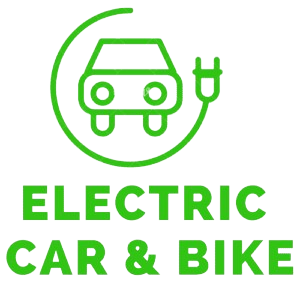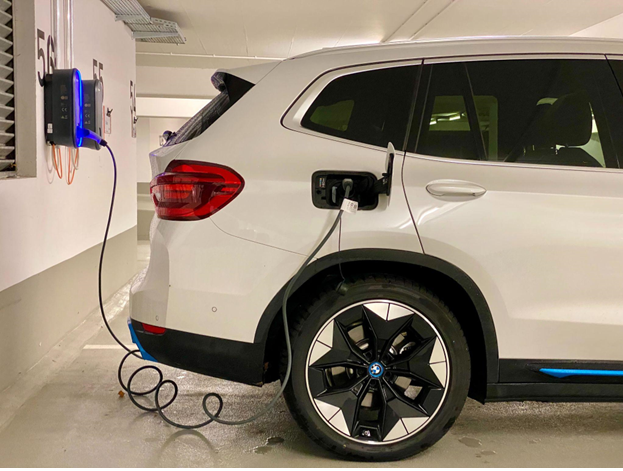India’s apartment complexes and Residential Welfare Associations (RWAs) can leverage the growing adoption of EVs to install EV charging solutions within their premises. These EV charging stations will not only provide accessible charging for their residents, but will also generate a steady revenue stream for the RWAs. They will also increase property value and attract eco-conscious tenants, leading to improved quality of life.
However, implementing EV charging for apartments can be challenging.
Challenges of EV Charging at Apartment Buildings
Given that EVs are a relatively recent invention, many existing apartment buildings are not prepared to support charging points. Apartment complexes and RWAs may encounter challenges including:
- Limited space: Many apartment complexes already have limited parking availability, so allocating space for charging EVs can be difficult.
- Electrical capacity: The existing electrical infrastructure in some apartment buildings may not support the additional power demands of EV charging.
- Installation costs: The high installation costs associated with EV chargers can be prohibitive for smaller RWAs.
- Resistance from residents: Residents who are unaware of the benefits of EV chargers may push back against proposed installations.
- Time constraints: RWAs may struggle to find time for collaborating with DISCOMS to increase grid capacity, performing additional civil and electrical works, and getting approvals and permits.
These challenges may seem daunting at first, but they are by no means insurmountable; apartment complexes and RWAs can address them with good planning and support.
Considerations for Charging Electric Vehicles at Apartment Buildings

The benefits of EV chargers far outweigh their initial challenges, making it worthwhile for RWAs to commit to overcoming any installation challenges. Important measures include:
- Parking area planning: Determine the optimal location for EV charging stations to maximize accessibility and minimize conflicts.
- Electrical capacity assessment: Evaluate the existing electrical infrastructure to determine what, if any, upgrades the anticipated demand will necessitate it can support the anticipated demand.
- Billing and user management: Implement advanced EV software and mobile apps to monitor charging costs, manage users, and gain insights and analytics about EV charger usage.
- Collaboration: Consider partnering with government bodies, experienced EV charging providers, and EV experts to increase awareness among residents.
- Budgeting: Plan your finances and explore funding options.
By handling all of these considerations ahead of time, you can streamline installation of EV charging solutions for apartments, reduce costs, and avoid delays.
Installation Process
To install EV charging stations for apartments, you will need to:
- Ensure the designated parking slot is appropriately marked and clear of obstacles.
- Verify that the electrical infrastructure meets the requirements for the chosen charging solution.
- Oversee the installation.
- Thoroughly test the charger and ensure it functions correctly.
- Activate any necessary access control or billing systems.
- Send clear instructions to residents on how to use the charging stations safely and efficiently.
Following these steps will help every resident enjoy the benefits of in-house EV charging for apartments.
Elevating Apartment Living with EV Charging Infrastructure
By installing EV chargers, you can enhance the value of your apartment complex by addressing the growing demand for EV charging solutions for people in apartments. EV chargers position your apartment complex as a forward-thinking and modern living space, transforming it into an eco-friendly hub that will ultimately promote cleaner transportation and a greener future.

